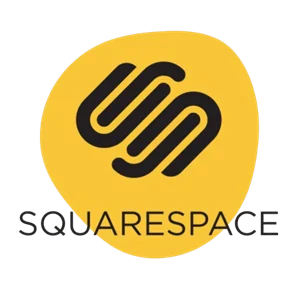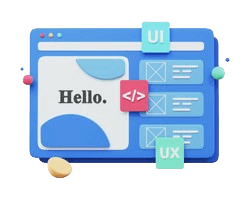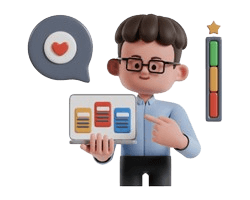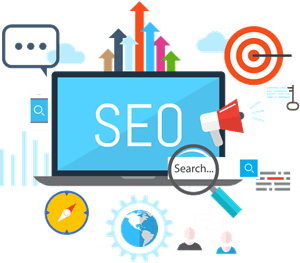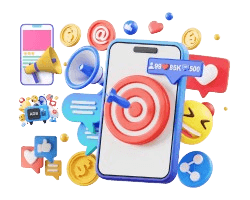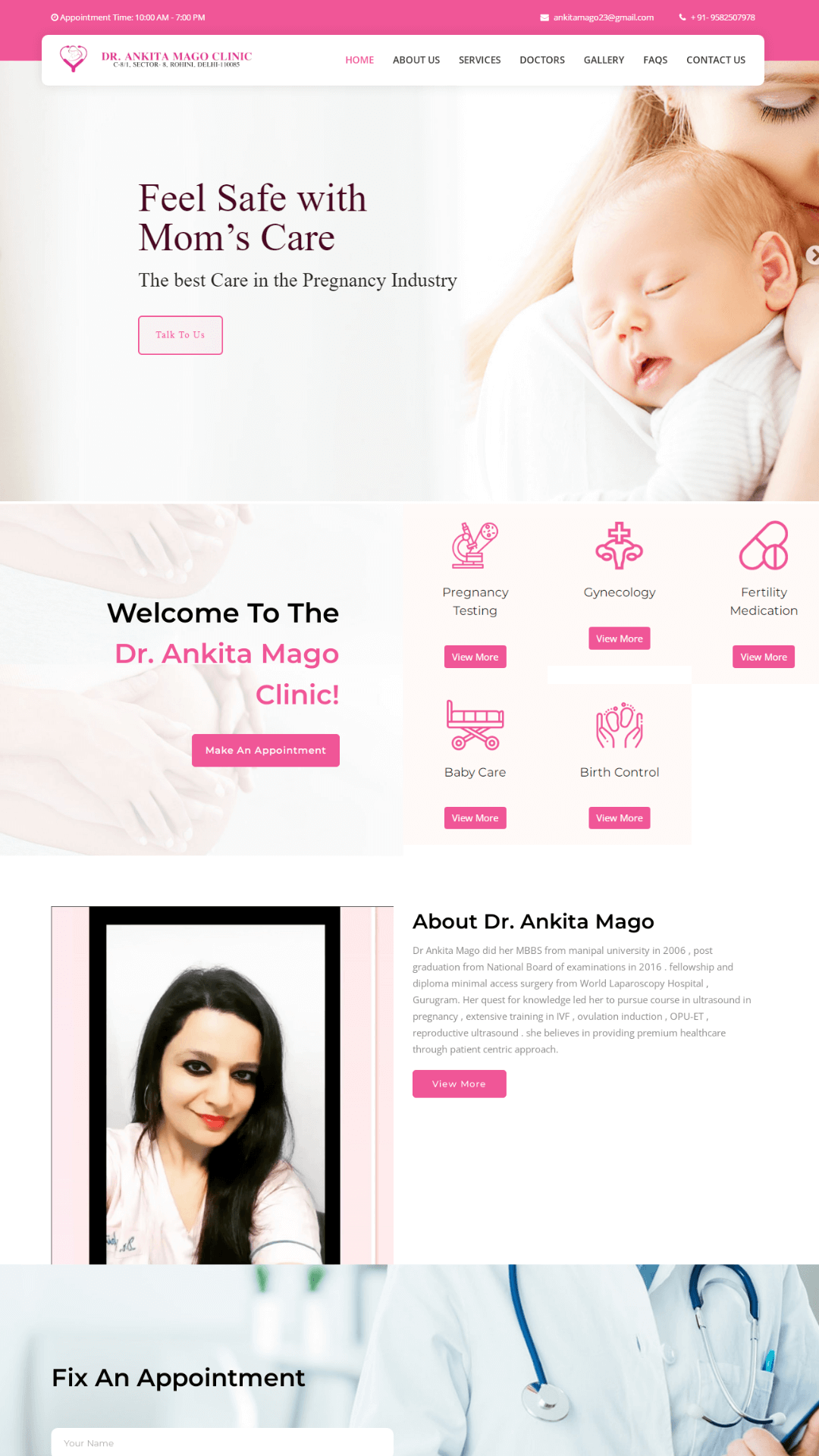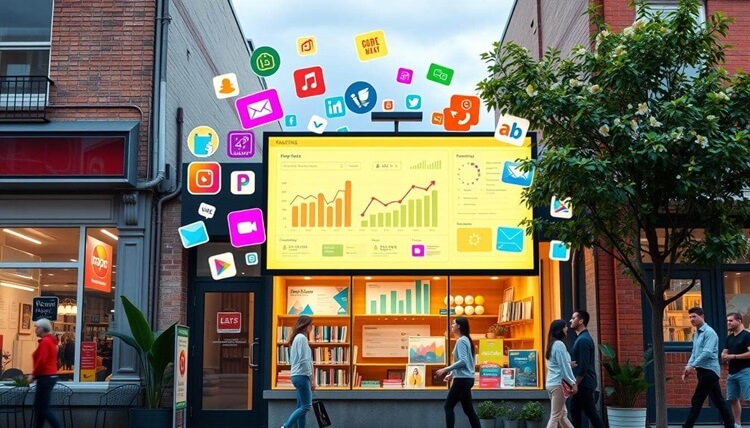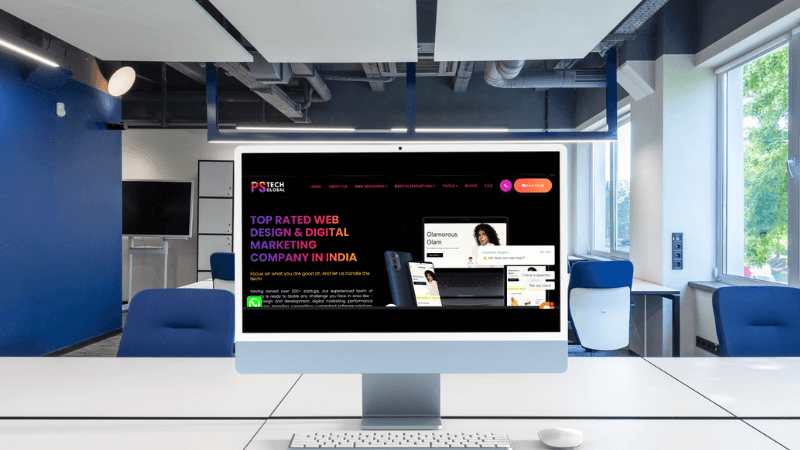A website plays a significant role in any industry in this digital era. Website plays a crucial role in the healthcare industry by providing a platform for healthcare organizations, hospitals, clinics, rehabilitation centers, and doctors to connect with patients and deliver information and services effectively. A website can enhance the patient experience, build trust, and improve overall healthcare outcomes. The website serves as an online front door, offering comfort and accessibility to patients seeking medical information, appointment scheduling, and even online medical care services.
Many people ask me every day how much it costs to create a website for a healthcare business. I receive formal requests, emails, and phone calls with this question. Some even ask, "What's the cost to put a page on the internet?" It's very sad to hear when people refer to it as "internet." We also have competitors who try to gather our pricing information.
Let me explain the different pricing models and our specific costs for healthcare web design at ProfshineTech. There's a significant difference in cost between "ready-to-go" and custom-designed websites.
Creating a healthcare website involves various factors like designing the structure, developing the functionality, integrating necessary features, and ensuring fulfillment of healthcare regulations and standards.
The price of a healthcare website depends on several factors like website complexity, no. of pages, features, domain, hosting, etc.
In this article, we will analyze the expenses associated with web design and categorize them into two main areas: Templates/Themes and Custom design. Subsequently, we will delve into the details of custom pricing, providing an in-depth understanding of the factors involved. Lastly, we will present our overall pricing as a reference point for comparison.
Key Elements of Effective Healthcare Web Design
Effective healthcare web design incorporates several key elements to ensure a positive user experience and provide valuable information to visitors. Here are some important elements to consider:
-
Easy Exploration: It means the website has clear menus and buttons that help visitors find what they are looking for.
-
Responsive Design: The website should work well on all the devices like computers, tablets, and phones, so everyone can use it from anywhere no matter what device they have.
-
User-Friendly Design: Keep the website clean and organized, so it's not confusing. Use big fonts that are easy to read and add pictures, and videos to make it interesting.
-
Helpful Information: Share useful and easy-to-understand information that people are looking for. Explain things without using difficult words and in simple language.
-
Appointment Booking and Contact Information: Include CTA (Call To Action) buttons or forms where people can book appointments or get in touch with doctors/attendants easily.
-
Testimonials & Reviews: Share stories from people who had a good experience with you at your healthcare facility. It helps build trust in other patients.
-
Secure Website: Make sure the website is secure and protects people's private information. This is important for their safety.
-
Load Fast: Make the website load quickly, so people don't have to wait for a long time and your website opens up within 3 seconds as per Google guidelines. This makes it more enjoyable to use.
By incorporating these key elements into healthcare web design, you can create a user-friendly and informative website that helps visitors find the information they need, fosters trust, and promotes a positive online experience.
Examples of successful healthcare websites and their design feature
Factors Affecting Healthcare Web Design Costs
The cost of designing a healthcare website depends on different factors. Let's look at some examples:
1. Complexity of the website: If the website has too many pages and sections, it will take more time and effort to design, which may increase the cost. For example, You are building a house with lots of rooms, a swimming pool, a garden, etc, and paths compared to a small and simple one.
2. Design customization: Sometimes, websites use ready-made templates that are like pre-designed patterns, mostly theme-based websites like WordPress, Wix, etc. They are easier and cheaper to use and also take less time to develop. But if someone wants a unique and special design with all the copyrights, like a custom-made house rather than a pre-built flat, it requires more work and can be a bit expensive.
3. Integration with third-party systems: Some healthcare websites need to connect and work with other systems like electronic health records, showing MRI & X-Ray scans online, or appointment scheduling systems. It's like connecting different pieces of a puzzle. If the website needs to connect with many other systems, it may take more time and cost extra.
These are some examples of how different things can affect the cost of designing a healthcare website. Just like building puzzles or creating stories, designing a website requires time, effort, and sometimes special things that can make it more expensive.
How Much Does A Medical Website Design Cost?
Well, the cost of a medical website design depends on several factors which we discussed above and it can be of 2 types 1) Theme-based website design 2) Customize website design
The cost of designing a medical website and the appropriate investment should not be the main focus while designing a website. Instead, it is way much better to calculate the return on the investment it can deliver.
For instance, we have some client websites that generate over 30 new patients each month which means 1 patient a day. This figure represents the number of individuals actively seeking a service or a doctor to address their needs, excluding referred, word-of-mouth, and returning patients.
This demonstrates the true value of an effective website.
Healthcare Website Theme & Template Costs
In the healthcare industry, there are template designs available for websites. These pre-existing websites can be customized to fit your needs. You can find these templates already installed in various design programs and web hosts like WordPress, Wix, Shopify, Joomla, etc, or you can purchase standard designs from design companies at low prices.
Overall, a good medical website design using a template usually ranges from $1,000 to $5,000. It's a great starting point for healthcare professionals starting their own practice or small healthcare organizations with a few practitioners or for their personal portfolio.
At ProfshineTech, we offer a selection of these template layouts designed specifically to assist healthcare professionals starting their practice during challenging times.
Pros of a Template Website
-
Designs are easy to create and can be completed within 1 to 4 weeks
-
Templates are more affordable as compare to customized designs
-
There is a wide variety of templates available, allowing healthcare professionals to choose a design that suits their specific needs and preferences.
Cons of a Template Website
-
As the templates are pre-designed so there is the possibility that someone else also has the same theme and you can’t have the copyrights
-
While templates can be customized to some extent but there is a limitation and it can be updated to a certain extent
-
Templates may be outdated and may not keep up with the latest design trends and technological advancements, so users may not find them appealing
-
Sometimes themes run for a set number of years and support upgrades for the code lapse. You need to make sure you have a web dev on hand to help with support.
Overall the theme-based website is good enough if you don’t need any special features and customization as a small clinic.
Custom Web Design Cost
If you need a unique design, customized features, and also want the copyrights of the website then you should choose the customized website design. Custom web designers’ pricing models range from flat, hourly, and per-page rates. Let’s discuss each below.
Pros of a Custom Design Website
-
A custom-designed website allows you to create what you need
-
The custom website has a better user experience as you have complete access to navigation and features of the website
-
A custom design has the adaptability to incorporate special functionalities as per your requirements and can be scaled up to any extent
-
A custom design ensures that your website reflects your healthcare brand accurately, maintaining consistency across all your online and offline marketing efforts.
-
Custom websites load faster than the template-based website as the code base is cleaner than a template that has extra code to cover everything you may need
Cons of a Custom Design Website
-
A customized website is more expensive than a theme-based website
-
Building a custom website takes time from creating a wireframe to testing
-
Custom websites may require more involvement from the client with approvals and rounds of reviews
How We Price Healthcare Industry Design Projects At ProfshineTech
At ProfshineTech, we use a flat-rate pricing model for our projects. This means we calculate the flat rate by multiplying our hourly rate with the estimated number of hours for the project, after completing the wireframe as per the requirements shared by the client.
We believe in keeping things simple and transparent for our clients. Charging by the hour can create uncertainty and discomfort, as clients may not be familiar with the expected time required for designing a healthcare website.
By offering a flat rate, we provide an exact estimate of the project's cost, including specific features in our wireframe. This eliminates surprises or hidden fees for our clients, fostering trust and clarity in our billing process.
We avoid charging by the page because it can lead to logistical and billing complications. Defining what constitutes a page becomes challenging, and differences in length or content can create confusion and disputes. We prefer simplicity over complexity.
Furthermore, web designs are often subject to changes and updates, making the original page count unreliable. Additionally, packaging pages can force clients to compromise on content organization and structure.
In summary, our flat rate pricing model has proven successful over the years, ensuring transparency, simplicity, and a hassle-free experience for our clients.
We have 3 tiers of customized website design costs you can check them here
Portfolio and E-commerce


